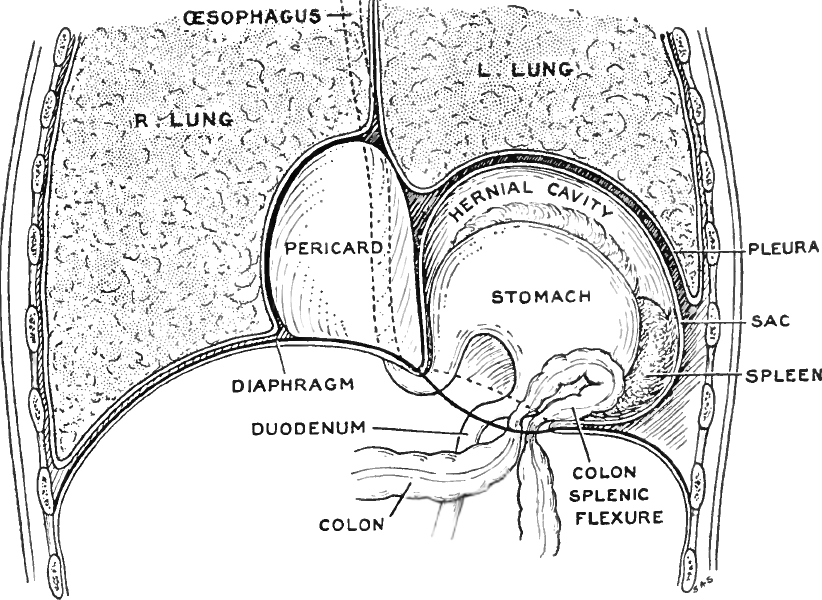<![CDATA[Experts have done a post-mortem analysis of a 17th-century Korean mummy found that the person may have been suffering from a painful hernia during his lifetime. The hernia suffered was congenital, and is named congenital diaphragmatic hernia (CDH), which is a life-threatening condition for babies. The remains belonged to a middle-aged man, who was specifically around 45 years old with height of 5 feet, 3 inches. The researchers also observed his topknot hairstyle and concluded that he was also married. The mummy was found in a royal tomb belonging to Korea's Chosun Dynasty in Andong, South Korea, last year. The team that performed the autopsy was led by Yi-Suk Kim of Ewha Womans University in Seoul, South Korea, with members of the team originating from other places such as the Seoul University College of Medicine. They used computer tomography (CT) imaging to observe the person's abdomen. They found that sections of the abdomen protruded into the right chest cavity through a defect in the diaphragm. Usually these sort of hernias causes a hole in the diaphragm, which is the stretch of muscle below the lungs that enables breathing. When this happens, some organs are able to push through the diaphragm, compressing the lungs and displacing the heart. That is exactly what they found when they went in with their instruments as they found the right lobe of the liver, parts of the stomach and the right bend of the colon all being out of place and pushing through that hole. This type of CDH is called Bochdalek-type CDH, which is protrusion through the back side of the diaphragm. This is one of two forms of CDH, and starts at fetal development. Even though this was found, they ruled out this being the main cause of his death as there were no signs of the perforation or strangulation of herniated organs that usually lead to death. The researchers postulate that the man may have lived a normal life and experienced minor pain. They alluded to a report in the Journal of Cardiothoracic Surgery of a Chinese woman who was 50 and lived with severe Bochdalek CDH, butt yet she experienced few symptoms. Her condition was so severe that her abdominal organs were basically crushing her left lung and pushing her heath against her right lung. This condition was unknown to the medical field at the time when the Korean mummy was a living man. CDH usually causes pulmonary results in newborns and toddlers, and can happen in one out of 3600 babies. In most cases, the individual does not live long, hence finding a middle-aged man with the condition is very rare. He most likely experienced the symptoms that comes with the condition such as shortness of breath, vomiting, nausea, abdominal pains and shortness of breath. They might not have been as severe and he may have gotten used to them as his life progressed. This paper was published in the open-source journal PLoS ONE. ]]>
Korean Mummy Suffered from Painful Disease
